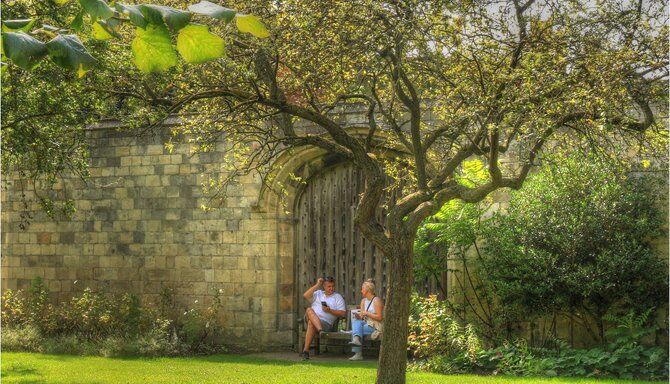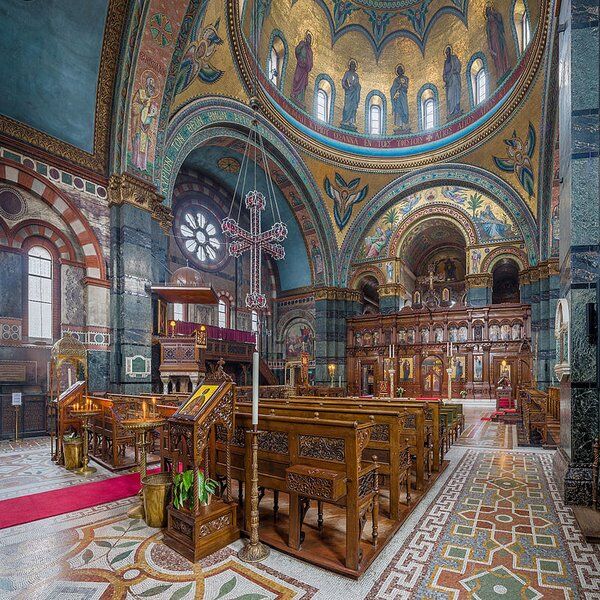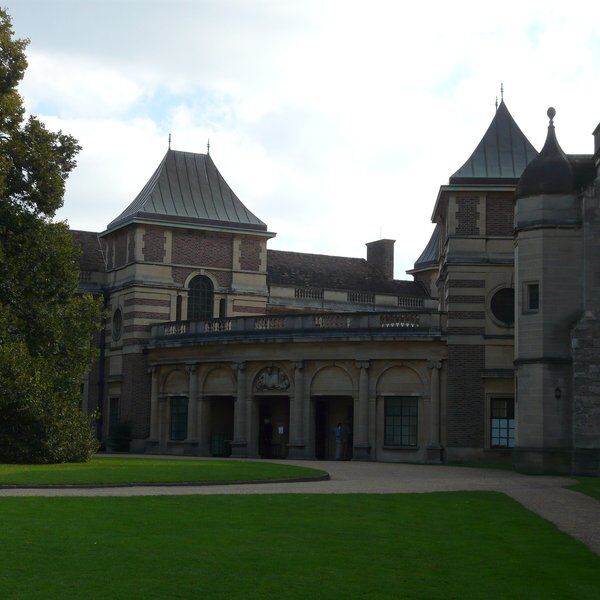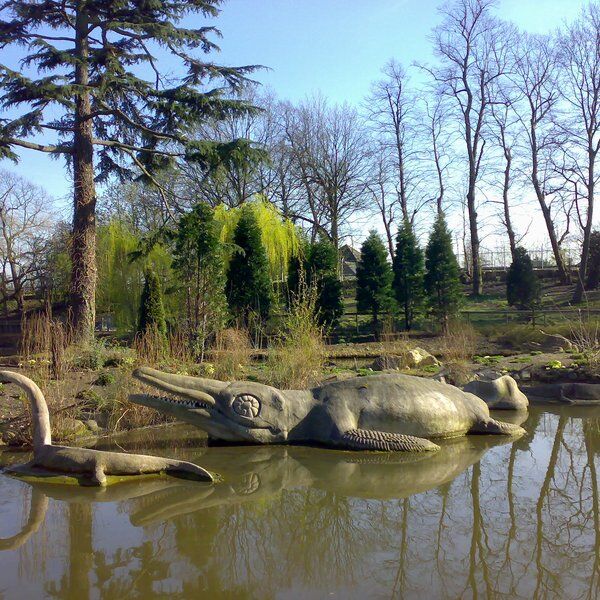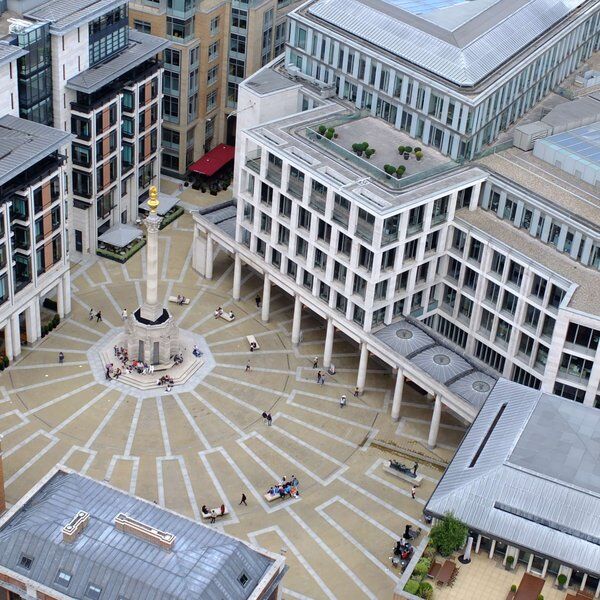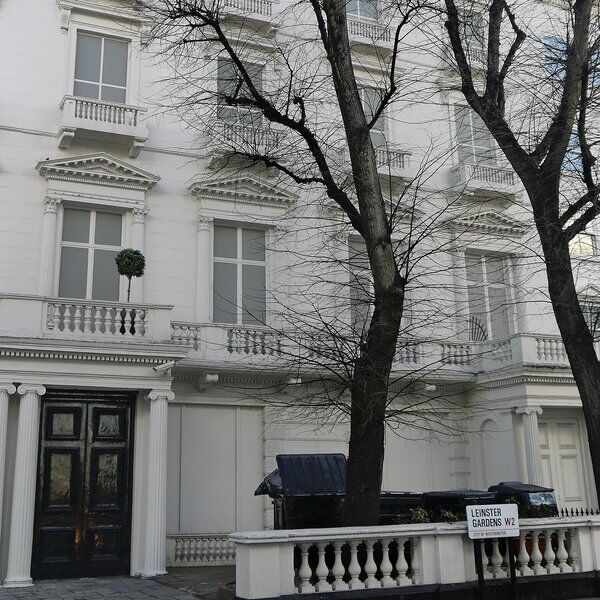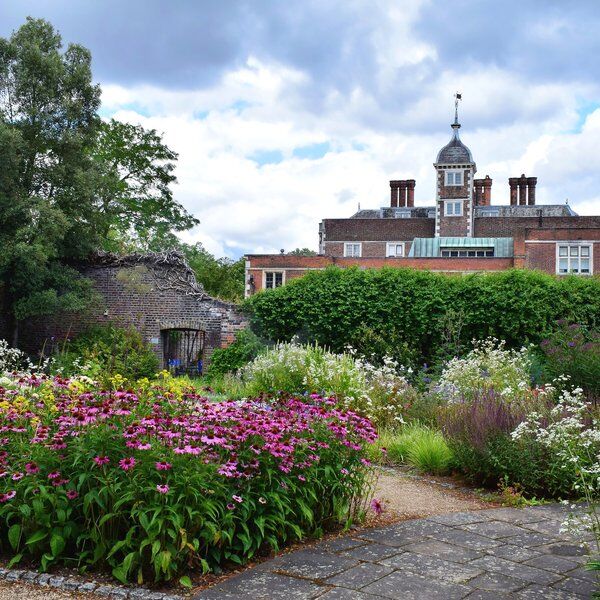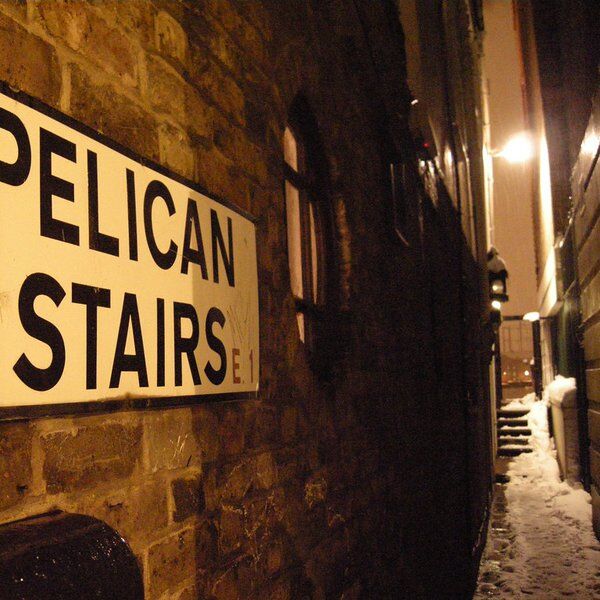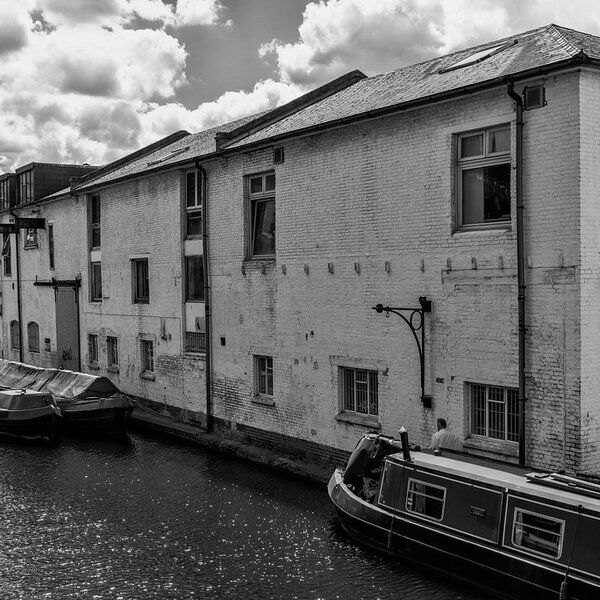Discover Dean’s Yard
At first glance, Dean’s Yard looks like a posh, private garden square—because, well, that’s kind of what it is. It’s part of the historic precincts of Westminster Abbey, and what’s left of what used to be a sprawling monastery complex. While many of the Abbey’s buildings still stand proud, Dean’s Yard fills the gaps with green space, stately architecture, and more than a few secrets from its monastic days.
To the students of Westminster School, it’s simply known as “The Green”. They’ve had exclusive rights to lounge, read, and even play football on this patch of grass for generations (and rumour has it they had a hand in inventing the modern version of the game too).
Fun fact? Up until the early 1600s, the Yard was just a third of its current size. The space to the south was occupied by the Queen’s Scholars' dormitory, which—before that—was actually the granary in monastic times. Today, its stones prop up Church House, adding yet another layer to the architectural lasagne that is Dean’s Yard.
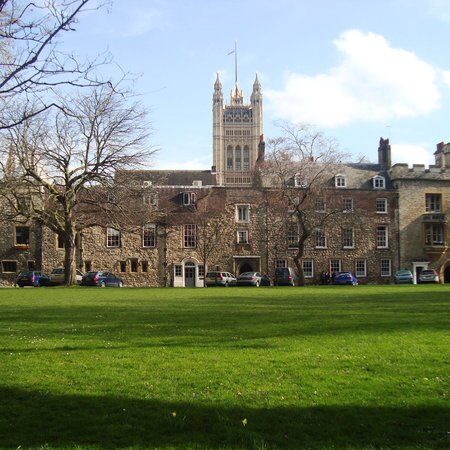
Westminster Abbey’s Ancient Roots
The history of Westminster Abbey, and by extension Dean’s Yard, reads like the ultimate mediaeval drama.
It all began in the 10th century, when a small Benedictine monastery was established on what was then a little island called Thorney. But it was King Edward the Confessor who decided to go big.
In the 1040s, he built a grand church dedicated to St Peter—the “west minster” (as opposed to St Paul’s “east minster”). Sadly, Edward didn’t get to see his masterpiece in action—he died shortly after its consecration in 1065, and was buried right in front of the high altar.
By the 13th century, King Henry III was itching to give the place a Gothic makeover. Inspired by the cathedrals of France, he had the Abbey rebuilt on a scale fit for royalty. And from 1066 onwards, every English monarch (bar a couple) has been crowned right there in Westminster Abbey, many of them now resting permanently within its walls.
This includes Henry V, Richard II, and Elizabeth I. Over 3,300 notable figures are buried in or around the Abbey!
The area that became Dean’s Yard was once very much part of this monastic network. In fact, it was home to the Abbot’s gardens—charmingly referred to as “The Elms”—as well as various cellarers’ quarters and guesthouses, some of which still peek through the buildings on the east side of the yard today.
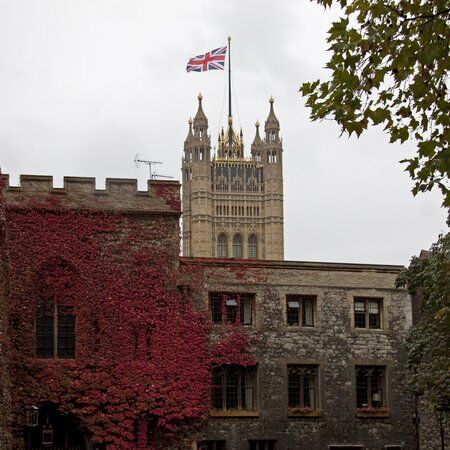
Dean’s Yard: Crime, Sanctuary, and a Royal Pardon
Though it might feel peaceful today, Dean’s Yard has some colourful tales hiding under its lawns. Back in the day, Westminster Abbey also operated as a sanctuary. That meant criminals (or anyone else in serious hot water) could run into Abbey grounds and claim temporary immunity from the law.
Let’s consider it a sort of mediaeval “get out of jail free” zone and it wasn’t just a myth—it was legally binding for centuries!
Unsurprisingly, the sanctuary status attracted more than a few “politically disfavoured” folks and shady characters. But the Abbey didn’t let things get too unruly. The Abbot had his own jurisdiction and penal system, and if someone got too troublesome, he could toss them out to face the regular law. The Abbey Gatehouse even had two prisons—one for church matters and another for secular constables.
One story involves the King’s Scholars of Westminster School, who were once granted a royal pardon from Charles II. Why? They killed a bailiff who was pestering one of their classmates' mistresses in Dean’s Yard. Whether this was chalked up to self-defence or an over-zealous application of sanctuary rights is unclear—but the royal pardon hangs proudly in Westminster School today.
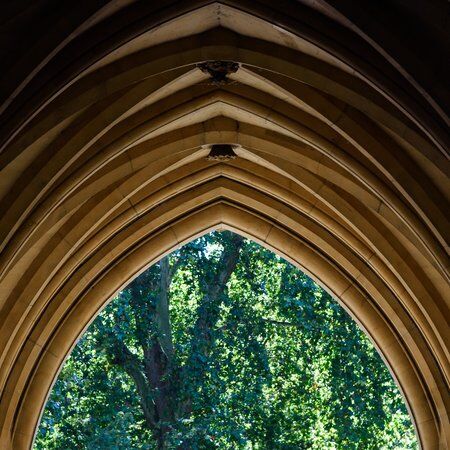
What is There to See in Dean’s Yard?
Dean’s Yard was part of this unique sanctuary zone, which actually stretched all the way to what is now Parliament Square. To the west there was once a tangle of alleys and lanes with names like “Thieving Lane,” which tells you all you need to know about the sort of crowd that used to frequent this place.
In the 1800s, the Westminster Improvement Act transformed the area, replacing dodgy alleyways with the grand gothic-style buildings we see today. The Yard was landscaped with trees and lawns, enclosed by railings (which were removed in the '60s), and slowly took on its current, collegiate charm, surrounded by a delightful mishmash of buildings. Here’s the current layout:
Westminster Abbey: The Gothic Star of the Show
Towering over the yard is the majestic Westminster Abbey, a Gothic powerhouse that’s seen it all—from royal coronations to the final resting places of kings, queens, poets, and statesmen.
While the Abbey’s official name is The Collegiate Church of St Peter, Westminster, no one calls it that unless they're showing off. Most of us just marvel at its towering buttresses, the beautiful Chapter House with its mediaeval tiled floor, and the many architectural styles stitched together like a stone patchwork quilt.
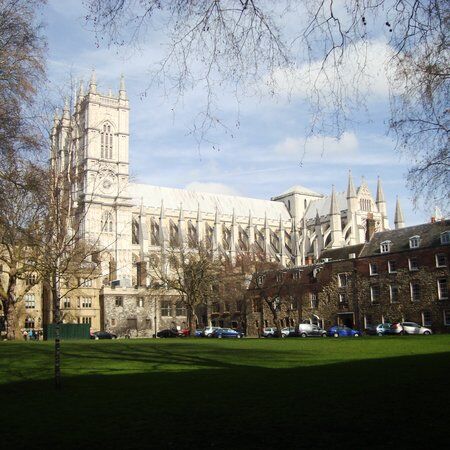
To the East
You’ll find administrative offices of the Abbey and various buildings belonging to Westminster School. Many of these still incorporate the 14th-century monastic guesthouse and cellarer’s quarters—aka where the monks once kept their wine and food stores.
Deanery & Church House
The Deanery—a grand 17th-century residence—is the official home of the Dean of Westminster. You can’t usually pop in for tea, but it’s a delight to look at from the green.
Then there's Church House, an Art Deco masterpiece that’s now a hub for conferences and church affairs. It was actually a 20th-century addition but was built using stones from the original monastery granary. It’s also home to the Church of England’s HQ, which means you’re just a stone’s throw from where some pretty major decisions get made.
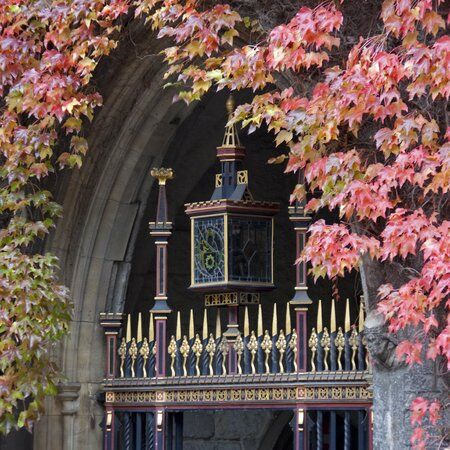
Music and Plantlife
In the west lies the Abbey Choir School, where young choristers are trained in the fine art of church music. And if you're a fan of music, you'll want to keep an ear out for the Abbey’s organ, a regal instrument built in 1937, now restored and revered for its pitch-perfect sound.
For those more into trees than tunes, the Yard boasts a serene scattering of London planes, sycamores, medlars, and tulip trees.
The Green: Football, Tradition, and Future Prime Ministers
In the centre of it all, a picture-perfect lawn, first laid out in 1815, offers a tranquil contrast to the busy London streets just beyond the gates. But this isn’t just any lawn, it’s affectionately known as "The Green" to students of Westminster School, who have the unique legal right to play football here.
So don’t be surprised if you find yourself dodging a well-aimed kick from a future prime minister.
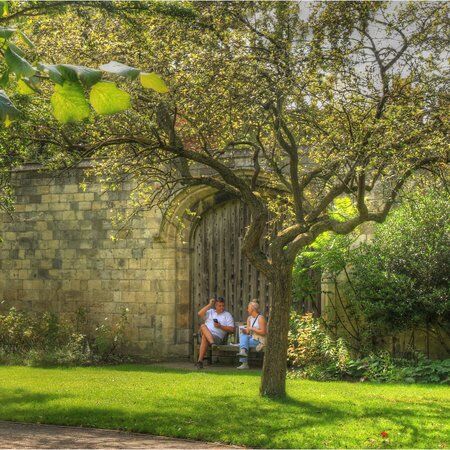
Visiting Dean’s Yard: What to Know Before You Go
Despite being in the dead centre of Westminster, Dean’s Yard feels oddly insulated from the outside world. Its gates keep traffic out, and the buzz of Parliament Square seems like a distant hum. If you ever need a quiet corner in central London, this is your spot. And getting there? Easy-peasy.
Getting There:
- Closest Tube Stops: Westminster or St James’s Park
- Nearby Rail Stations: Victoria and Waterloo (both a short walk)
- Address: Chapter Office, Westminster Abbey, 20 Dean’s Yard, London, SW1P 3PA
Opening Times:
- Monday–Friday: 9:30am – 3:30pm
- Saturday: 9:00am – 3:00pm
- Sunday: Open for services only (but worth a visit for the atmosphere)
From the station, you’ll meander past some pretty iconic London spots (think the QEII Centre, Methodist Central Hall, and even some Victorian-era toilets) before reaching the arch that leads you into the Yard.
Things to do at Dean’s Yard:
Once inside, it’s up to you how you explore. You can:
- Wander the Abbey’s cloisters through a discreet entrance just off the Yard.
- Snap a photo in front of the West Front Towers, added in the 1700s by Sir Edward Hawksmoor.
- Check out the Pyx Chamber, one of the oldest parts of the Abbey, dating back to the Norman Conquest.
- Pay respects in Poets’ Corner, final resting place of literary greats like Chaucer, Dickens, and Tennyson.
- See the Coronation Chair, where nearly every monarch since the 1300s has been crowned (including that one with the pen trouble).
- Visit the Tomb of the Unknown Warrior, a touching tribute at the heart of the nave.
And when your legs need a break? Take a seat on a bench beneath the trees, munch a sandwich, and enjoy the quiet drama of this truly unique space.
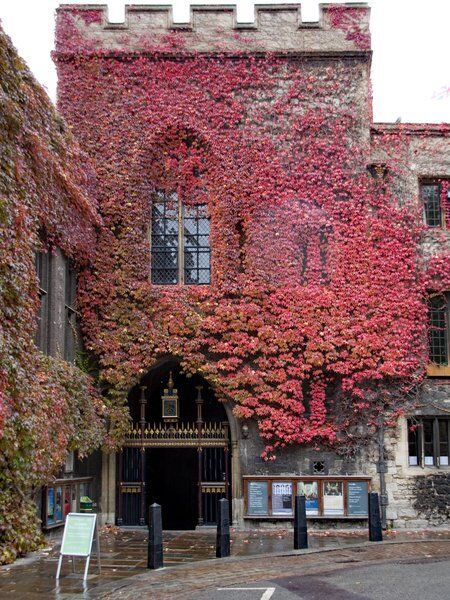
Explore Beyond Dean’s Yard with CityDays
Once you’ve soaked up the stories and marvelled at the mediaeval, why stop there? London is teeming with rooftop gardens, hidden courtyards, cryptic passageways, quirky facts and fabulous backstories—and CityDays is here to help you uncover them all.
We run interactive scavenger hunts and treasure trails that blend puzzle-solving, history, and a bit of healthy competition. They’re perfect for:
- Team-building events (yes, even if Karen from accounts hates fun)
- Birthday bashes and group hangouts
- Quirky date ideas
- Tourists wanting to explore London in a whole new way
From unearthing royal secrets in Westminster, cracking clues around Covent Garden, or discovering hidden pubs in Soho, our routes are carefully crafted to make you say, “Wait, that’s been here this whole time?!”
And we’re not just based in London—our treasure hunts stretch across the UK and even worldwide. So if you’re ever in Edinburgh, Paris, New York, or Melbourne… we’ve probably got a mystery waiting for you there too.
